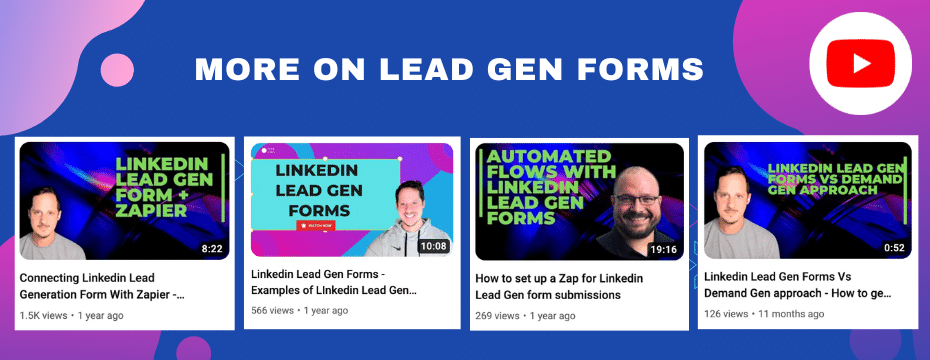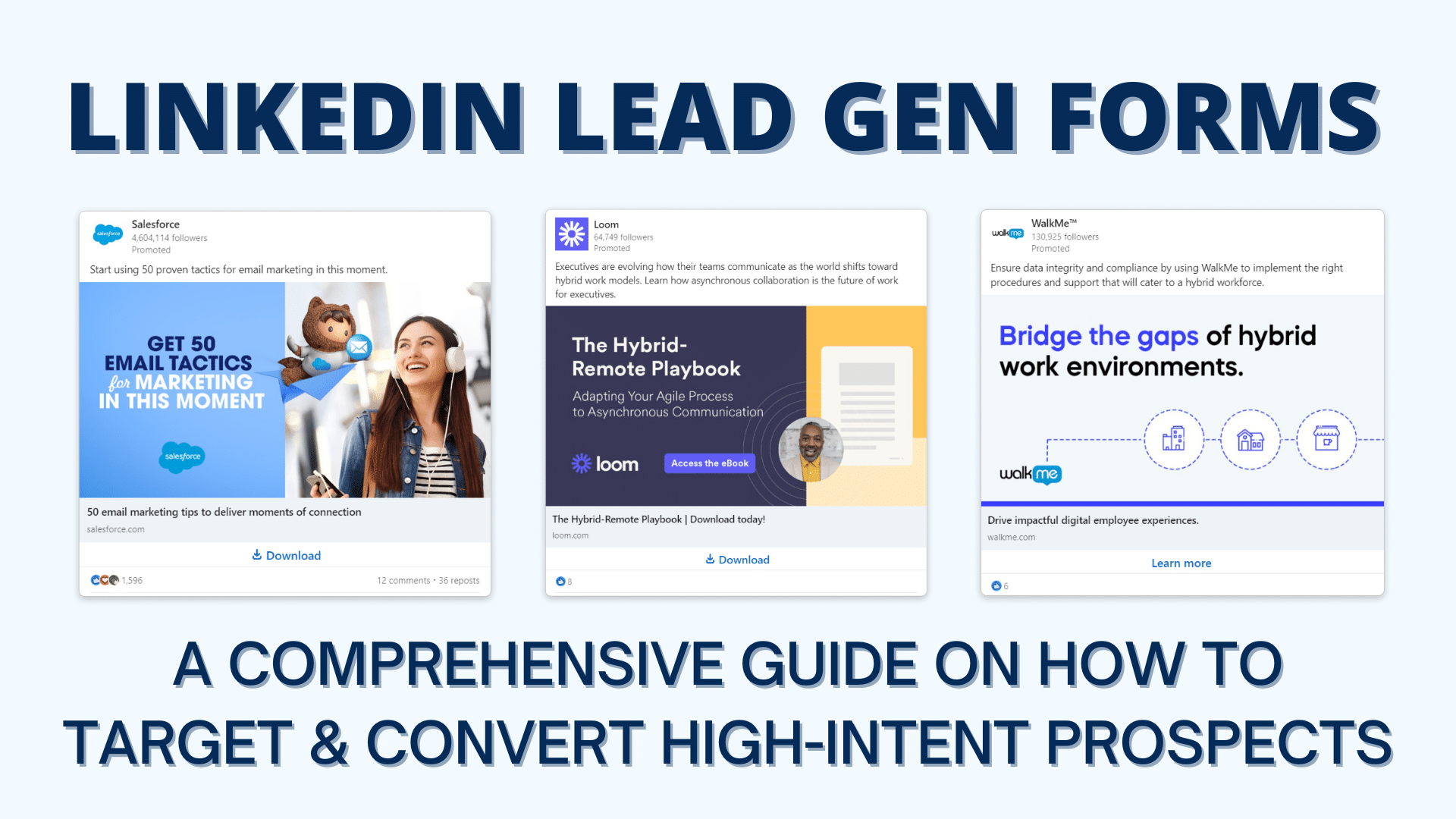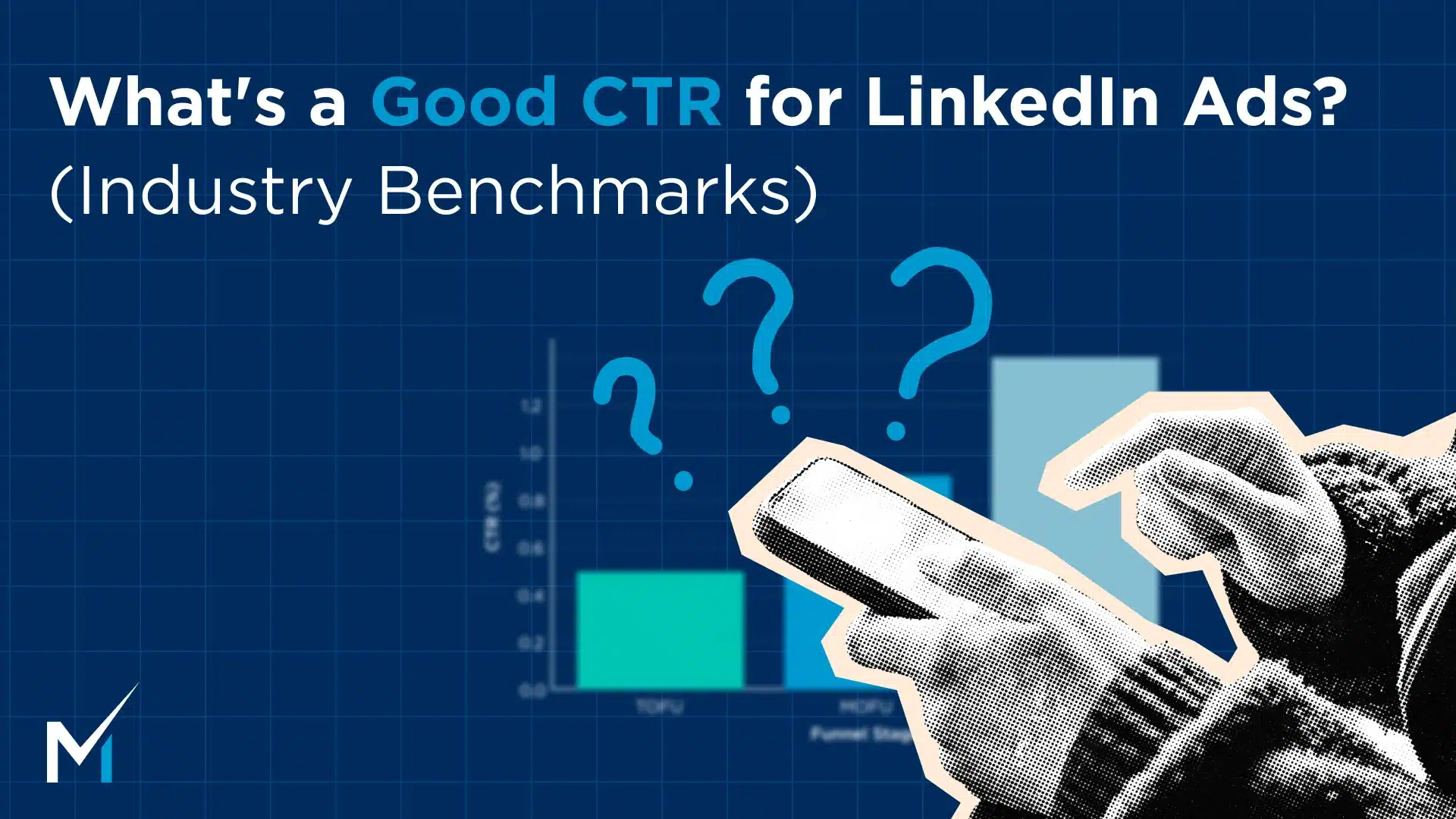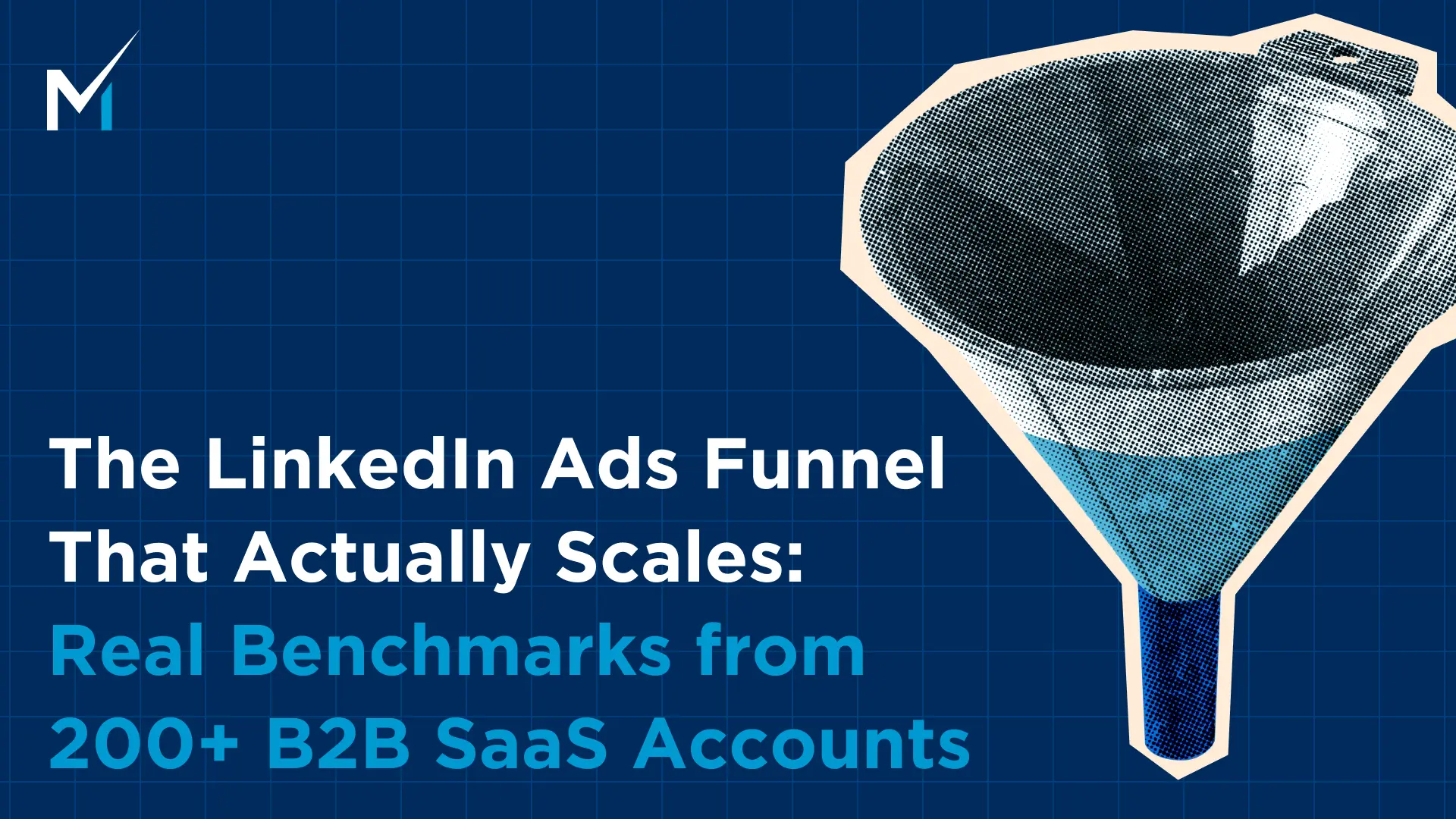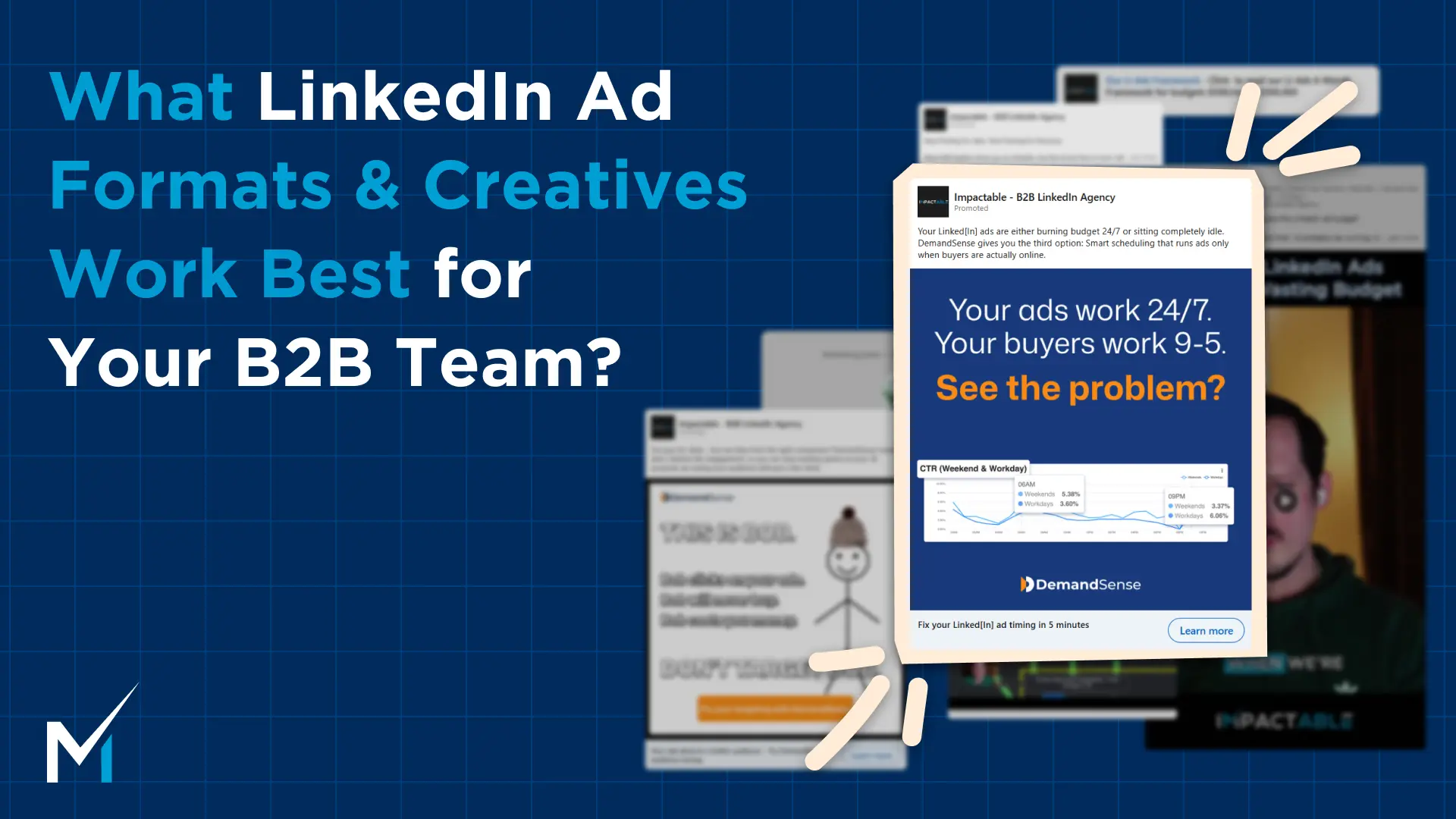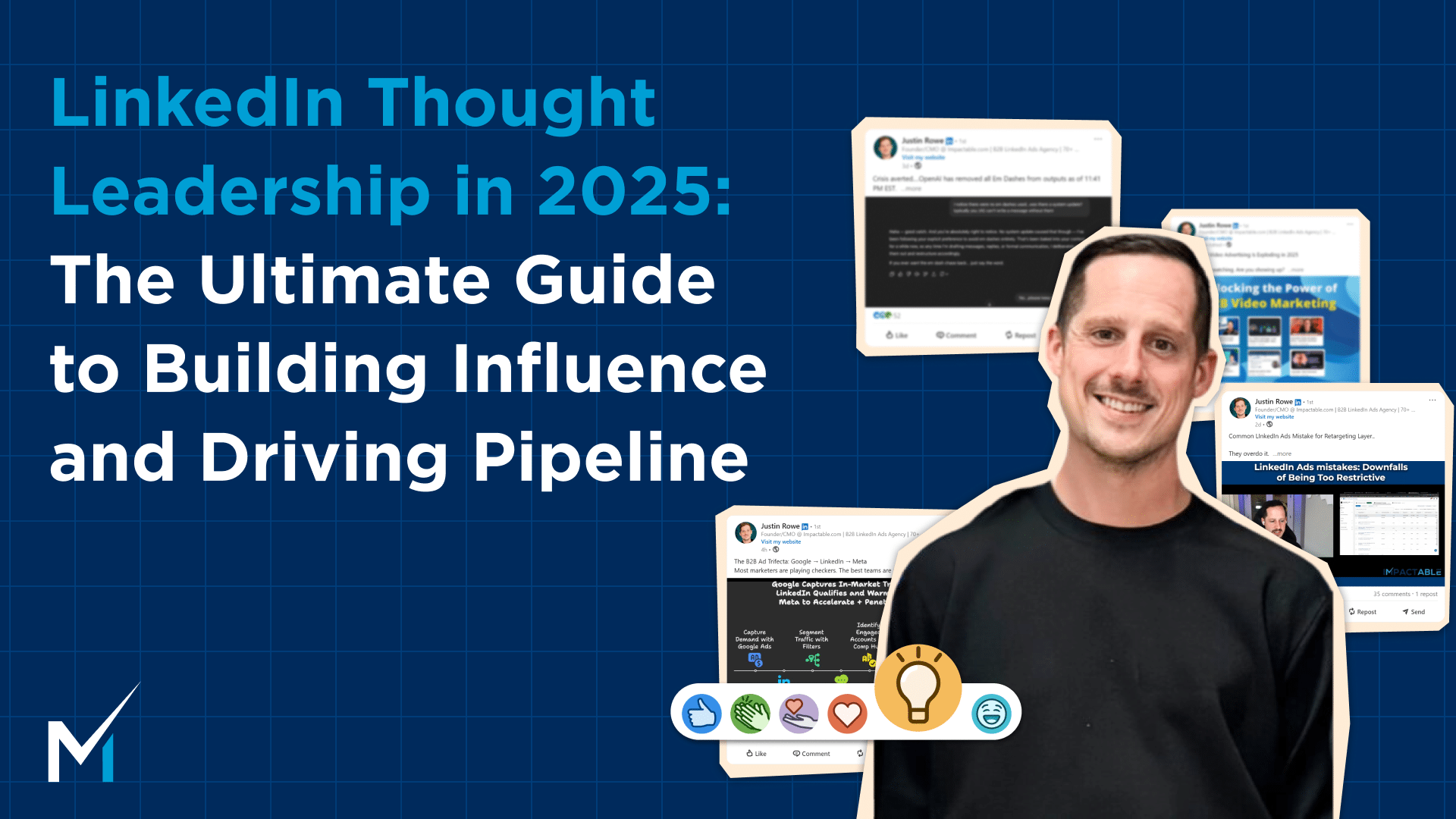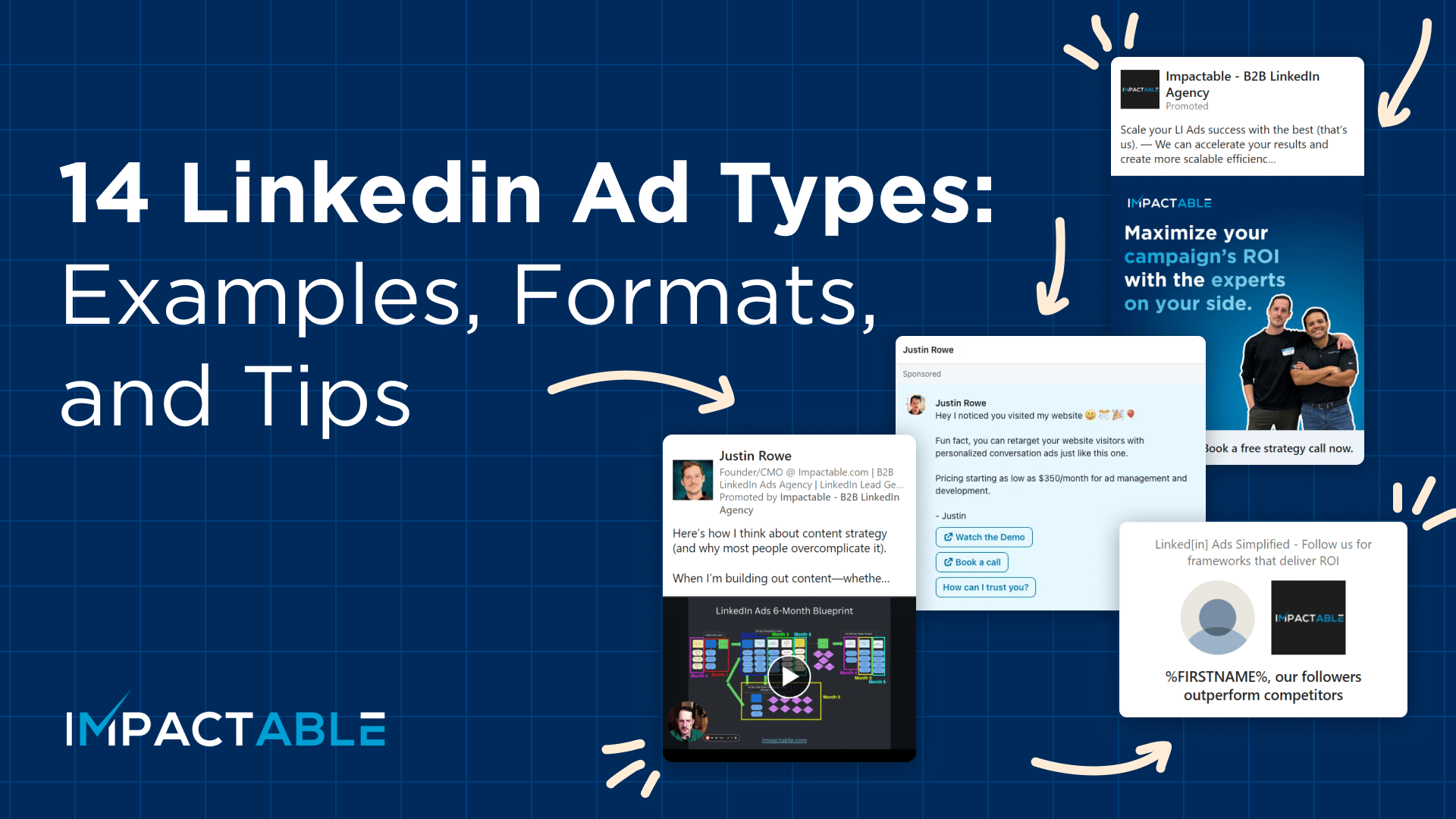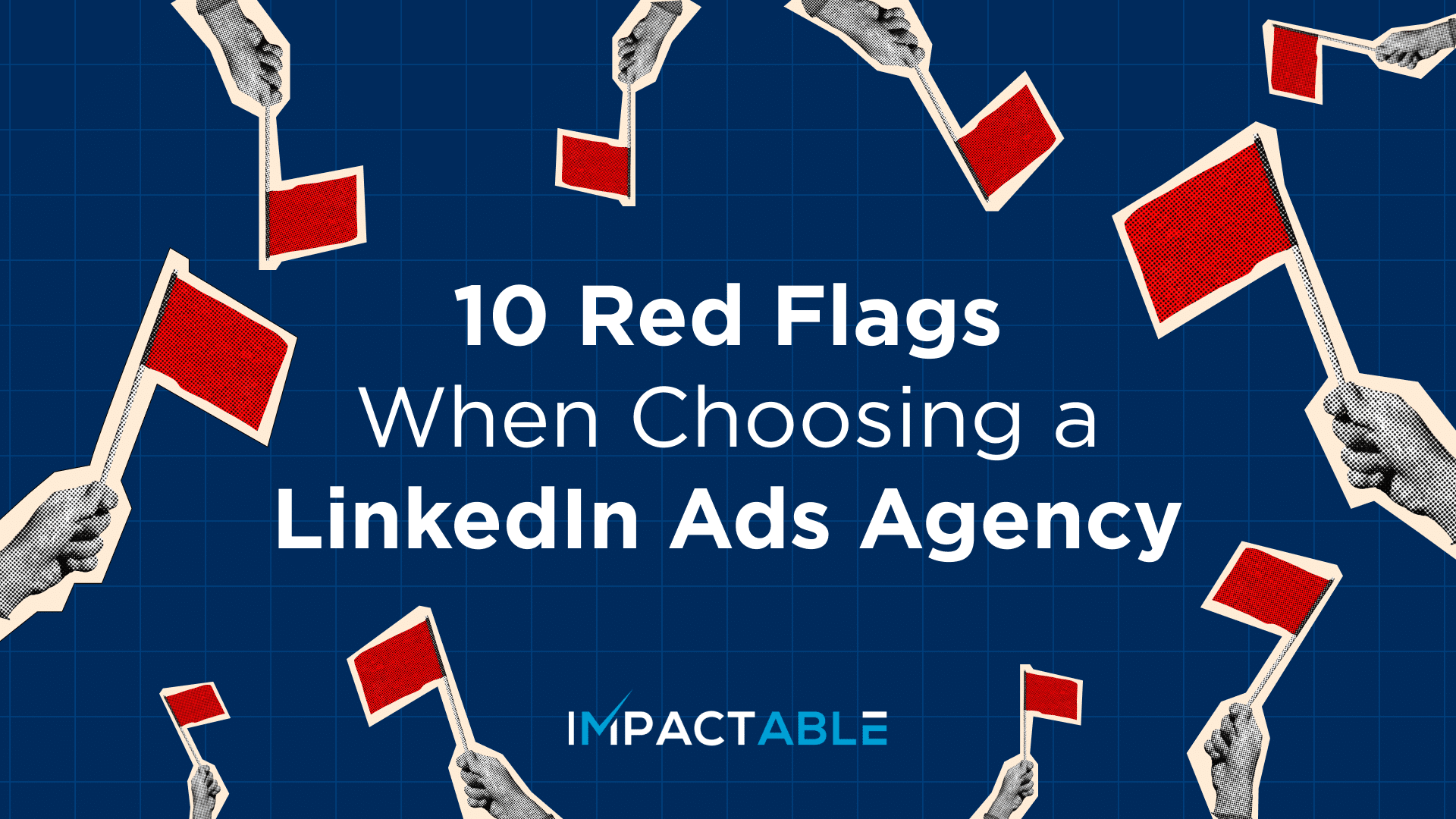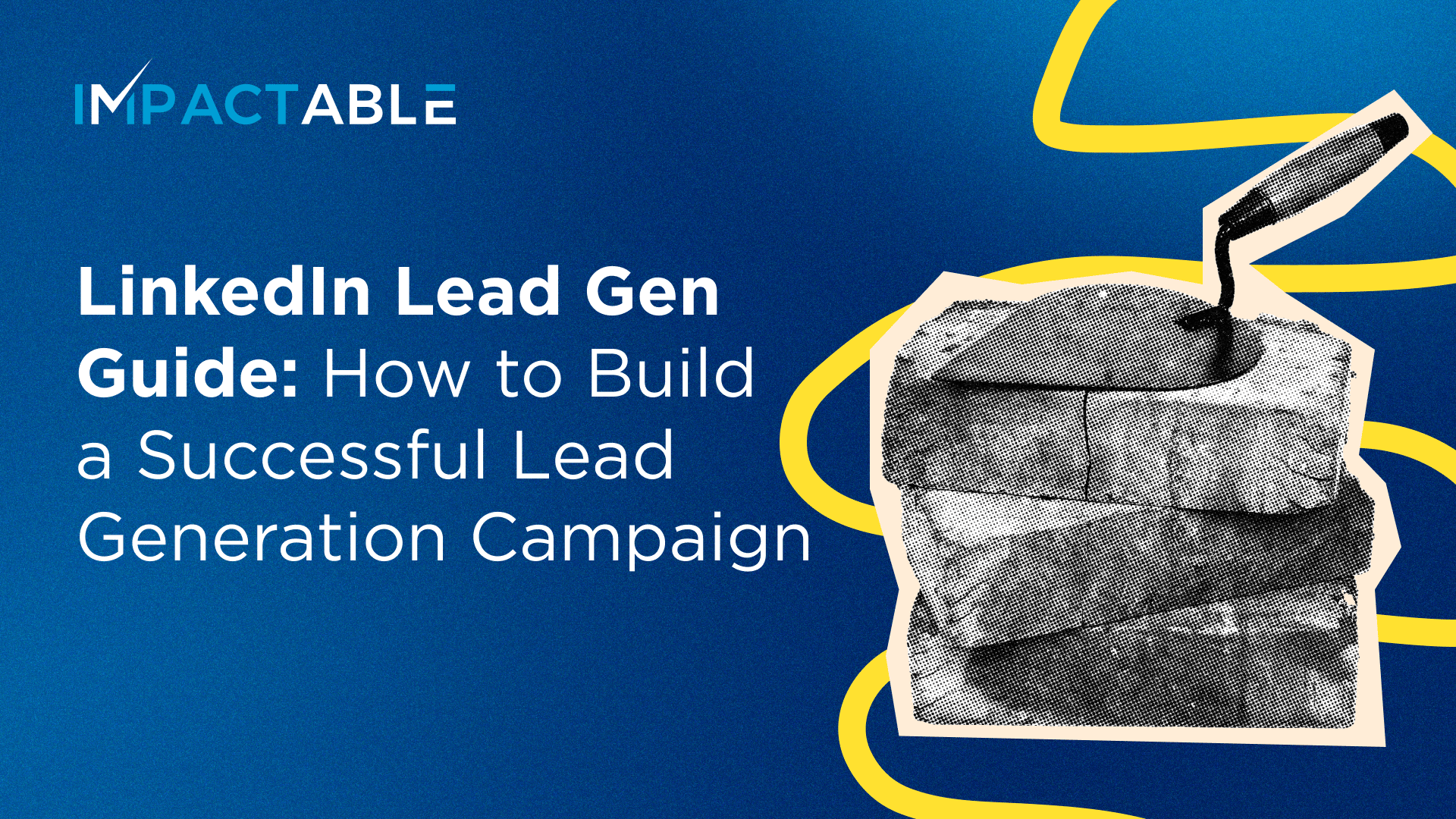LinkedIn Lead generation forms are an amazing tool if you know how to use them. In today’s ever-evolving digital landscape, the quest to capture high-quality leads and transform them into devoted customers is a top priority for businesses of all sizes. If LinkedIn holds a pivotal position in your marketing strategy, then exploring the potential of lead generation forms can help reshape and revolutionize your bottom line.
These forms, with their targeted approach and seamless user experience, offer a compelling solution for acquiring invaluable data from prospects and driving actionable outcomes (e.g., securing booked meetings).
In this article, we will delve deeper into LinkedIn lead generation forms, examining their benefits, best practices, and strategies for effective implementation. Let’s get started!
What is a LinkedIn Lead Generation Form?
LinkedIn lead generation forms serve as both an ad type and an objective, designed specifically to capture leads. They can be presented as videos or images, with a distinctive centrally placed call-to-action (CTA) button at the bottom. Unlike traditional ads that redirect users to a separate landing page, these forms utilize a pop-up format within the LinkedIn platform itself.

The main objective of lead generation forms is to entice prospects into providing their contact information in return for exclusive gated assets like ebooks, checklists, industry trend reports, and case studies. Once the form is submitted, they gain instant access to the resource or receive it directly in their email inbox, depending on the setup. At this point, the prospect transforms into a lead, prompting the sales team to commence the nurturing process with the ultimate goal of scheduling appointments or meetings.
By harnessing the power of lead generation forms on LinkedIn, businesses can successfully acquire leads and drive substantial growth in a short time. They can also serve as a catalyst for personalized outreach, enabling businesses to cultivate valuable relationships with their prospects.
How Do LinkedIn Lead Gen Forms Work?
In my experience, most companies like to kick things off by targeting cold audiences with lead-generation forms, aiming to capture valuable information, like contact details, in exchange for a valuable asset. Once the prospects’ emails are acquired, they are typically funneled into an email marketing workflow, which can be either manually managed or automated. Leads are then assigned to the sales reps, who can use personalized messaging, amongst other outreach efforts, to set up appointments or book product demos.
Furthermore, marketers make strategic use of Linkedin lead gen for retargeting individuals who opened the form but didn’t complete the submission or visited the company’s website or LinkedIn page without encountering the initial set of ads. This approach increases the likelihood of conversion and helps maximize ROI.
To optimize your ad account and enhance future campaigns, you can effectively determine which assets and target demographics generate a higher quantity of leads while keeping costs at a minimum. Here, lead generation forms can become a catalyst for comprehensive performance analysis; you gain data-driven insights to make informed decisions about resource allocation.
A lead generation strategy that’s primarily centered around cold campaigns poses significant challenges. Remember, you are serving ads to prospects with no prior knowledge of your brand, website, or offerings, making it difficult to capture their attention and inspire conversion.
What Is Wrong with This Approach?
Engaging cold audiences, who are unfamiliar with your brand, poses a significant challenge when kickstarting a lead generation strategy.
1. Quality compromised in favor of quantity leads to impersonal engagement and limited conversions.
Your initial interaction with prospects is typically through top-of-the-funnel assets, such as checklists, audits, or e-books. These resources are not comprehensive and don’t require extensive effort to create. While they might serve as a good starting point, they may not provide the most valuable or in-depth information, which can undermine the perception of the company’s expertise.
As a result, the leads obtained through this approach often prove to be weak; they have never visited your website, lack awareness of your brand, and are primarily interested in surface-level content like checklists. They are not adequately prepared to be handed off to the sales team and have a significantly low likelihood of converting into a booked meeting. Chasing down these leads becomes a time-consuming and resource-intensive endeavor for your representatives.
Ultimately, despite the abundance of leads obtained, the overall quantity outweighs the quality, leading to less desirable outcomes.
2. Focusing solely on cost-efficient leads can backfire by yielding lackluster conversion rates.
In my experience, when leads become the key performance indicator (KPI) we optimize for, it’s easy to fall into the trap of pursuing quantity at the expense of quality.
As a marketer, if my objective is to maximize leads while minimizing costs, it’s tempting to target less qualified prospects, such as those from smaller companies or individuals with junior titles. I might expand outreach to unrelated industries or try appealing to audiences like college students who are enticed by free resources and checklists. However, regardless of the initial appeal, the real challenge arises when it becomes apparent that these leads aren’t translating into booked calls. This downward trend continues as the leadership takes time to recognize the need for a shift in focus – from simply acquiring more leads to improving lead quality.
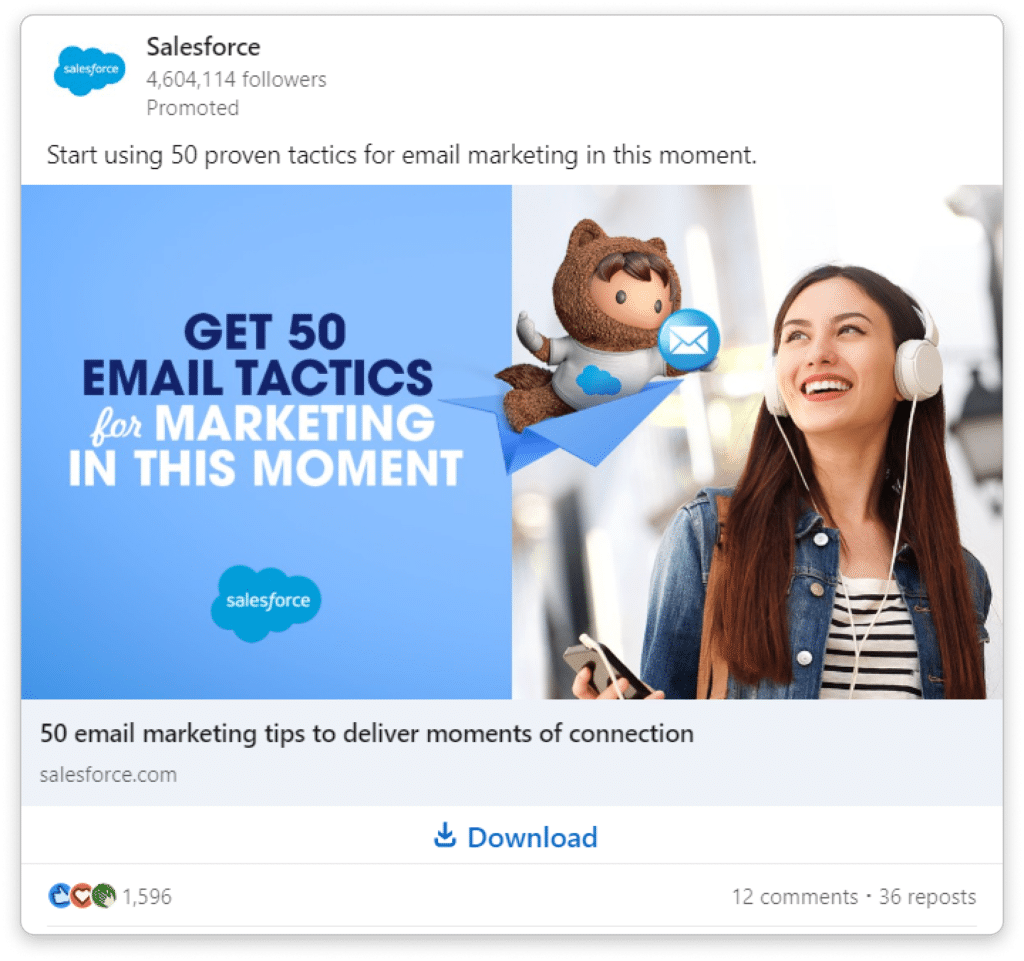
To enhance the effectiveness and efficiency of lead generation efforts, businesses can redirect their focus toward attracting and engaging highly qualified prospects. By placing a strong emphasis on quality, you can establish meaningful connections with individuals who are more likely to convert. As a result, you can expect to have more productive and successful meetings.
How to Maximize the Effectiveness of LinkedIn Lead Gen Ads?
Let’s explore some best LinkedIn lead gen ads practices.
1. Avoid running them extensively for the cold audience
By focusing on nurturing prospects who have already shown interest in your brand, whether through website visits, interactions on the company page, or previous ads, you can significantly enhance the quality of the leads generated. This strategic adjustment ensures that the leads obtained are more likely to convert and align with our campaign objectives.
I recommend prioritizing website engagement from the outset to effectively showcase your expertise and value proposition. In doing so, you can cultivate a receptive audience that is more likely to engage with a lead generation form presented at a later stage.
2. Deploy premium assets to fuel effective lead generation
Instead of generic top-of-the-funnel content, I believe in providing resources that demonstrate your industry expertise and establish your brand as a pioneer in the field.
At Impactable, for instance, we like to focus on delivering assets that go beyond mere checklists or basic guides and serve as a powerful endorsement of our expertise. Our goal is to provide profound insights and actionable strategies for prospects actively seeking solutions, ensuring that our in-depth content resonates with their specific pain points. Through this approach, we not only create a lasting impact but also establish a recall mechanism that ensures top-of-mind awareness.
Here are some examples of the most common lead-generation assets we use:
- Frameworks we have developed and tested across numerous campaigns for consistent, reliable outcomes.
- Extensive audits of high-profile brands with significant advertising budgets exemplify our ability to analyze and optimize marketing efforts.
- Live demonstrations of successful LinkedIn ads we have run, emphasizing our proficiency in driving influential campaigns.
In my quest for the perfect lead generation asset, I rely on a tried-and-true litmus test. For me, a strong lead magnet should be something that people would find valuable enough to invest $5-$15 in. If an asset does not meet this standard, it may be considered weak, as it lacks the necessary appeal to capture the interest of potential leads.
3. Nurture and educate leads before transferring them to your sales team
Lead generation forms, apart from gathering contact information for sales outreach, also facilitate the transition of prospects into our owned media channels, such as newsletters, events, or podcasts.

At Impactable, we leverage LinkedIn lead gen ads to engage with our desired audience before retargeting them with lead generation forms to guide them toward joining our owned lists. While these resources are free, we do request their email address in return. Subsequently, we follow up with educational and value-driven emails, ensuring a non-salesy approach that prioritizes delivering valuable content.
4. Supplement LinkedIn forms with other lead generation methods
Based on my observations, many established companies allocate a substantial portion of their monthly budget, typically ranging from $20,000 to $40,000, towards LinkedIn lead generation forms. However, I’d advise against putting all your eggs in one basket and strongly recommend diversifying your methods.
By incorporating a mix of educational and informative content alongside lead generation initiatives, you can establish a stronger connection with prospects and enhance your brand’s reputation in the industry. I suggest limiting the proportion of LinkedIn lead gen campaigns to approximately 20-30% of your overall marketing strategy.
5. Strike the right balance between demand creation and lead capture
Lead gen forms on LinkedIn serve a crucial role in attracting actively interested individuals to your offerings. However, achieving success in lead generation requires finding the right equilibrium between capturing existing interest and fostering new demand. This can be achieved by developing persuasive and informative content that engages a wide audience while establishing your credibility as an industry expert.
In addition, you can employ innovative tactics to nurture relationships with prospects at various stages of their buyer’s journey to maximize their conversion potential.
6. Track customer journey beyond lead generation
While acquiring leads is important, the true value lies in converting them into tangible outcomes, like booked calls or meetings. Therefore, it’s crucial to expand your tracking efforts beyond lead generation when managing your LinkedIn ads account.
To avoid chasing irrelevant metrics, I recommended implementing a robust tracking mechanism that allows you to monitor and analyze call bookings within your platform. In doing so, you shift focus away from singular KPIs, such as lead acquisition costs, and toward outcome-driven KPIs, such as, number of call bookings, revenue generated, etc.) over singular KPIs lead costs. This also helps align your nurturing efforts with the objective of building meaningful long-term relationships.
In Conclusion
By continually fueling interest through educational content and capturing it through well-executed lead generation forms, you can foster a pipeline of qualified leads, drive meaningful engagement, and achieve sustainable growth for your business. Whether you’re a small business, a growing enterprise, or a marketing professional looking to drive remarkable results, I trust that the actionable tips and best practices shared in this article will help enhance your brand visibility, captivate your target audience, and attract high-quality leads.
If you have any further questions or need dedicated assistance with setting up lead generation forms, talk to one of our Impactable representatives. Book a call today!
Read more about lead gen forms:
- 5 LinkedIn Lead Gen Form Best Practices for Quality Leads
- LinkedIn Lead Gen Forms: Step-by-Step Setup and Best Practices
